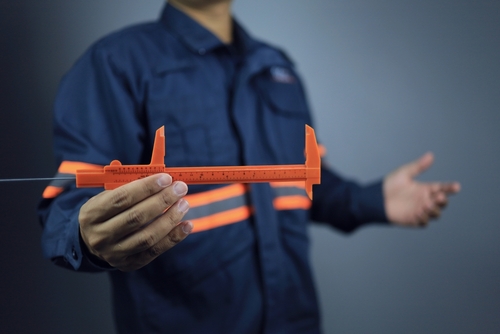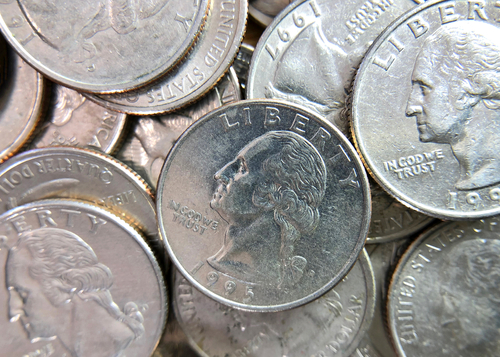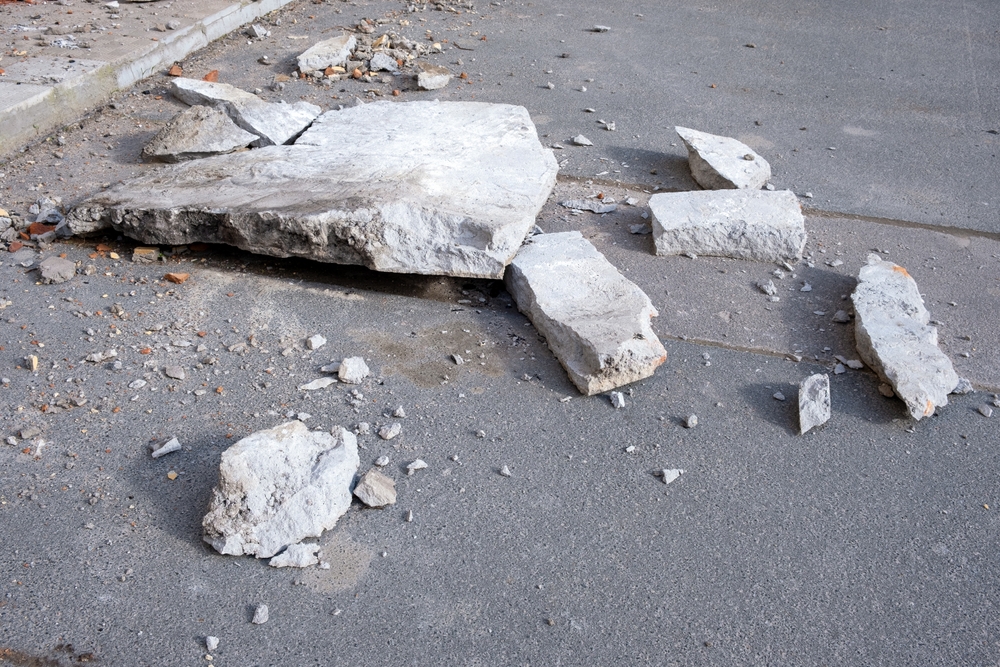April 25, 2024 - Benjamin Ehinger
How to Measure 1 Inch Without a Ruler: Alternative Measuring Techniques
CALL NOW 844-762-8449
Measuring objects can suddenly become a challenge when you don’t have a ruler or tape measure on hand. However, the need for approximate measurements can arise anytime and anywhere, whether you’re doing a craft project, home improvements, or simply need to gauge the size of an object. Luckily, you can utilize everyday items as proxies for a ruler, allowing for reasonably accurate estimations of measurements. Items such as standard-sized paper, coins, and even parts of your body can serve as improvised tools for estimation.
Understanding how to use these items for measuring can save you in a pinch. An inch, for instance, is approximate to the width of a large paperclip or the diameter of a quarter, making these items handy for quick measurements. While these techniques may not offer the precision of a ruler or measuring tape, they are sufficient for scenarios where an accurate measurement is not critical. Getting familiar with units of measurement and their respective references in common objects will assist you in making estimates that are as accurate as possible without specialized tools.
 To measure without a ruler, familiarize yourself with common objects and their dimensions, and use techniques that help minimize error for more precise measurements.
To measure without a ruler, familiarize yourself with common objects and their dimensions, and use techniques that help minimize error for more precise measurements.
Key Takeaways
- Everyday items can be used for approximate measurements in the absence of a ruler.
- Familiarity with common reference objects can aid in measuring without traditional tools.
- While not precise, these methods provide a practical solution for non-critical estimation.
Measuring Tools Substitute
In the absence of a standard ruler, many everyday items can serve as convenient measuring tools. From the coins in your pocket to the credit card in your wallet, you can estimate measurements with objects commonly found within arm’s reach.Using Common Items as Makeshift Rulers
- Coins: A U.S. quarter has a diameter of approximately 0.955 inches, making it a useful reference for measuring inches.
- Credit Card: The standard size of a credit card is about 3.37 inches wide, which can be useful when a rough measurement is needed.
- Paperclip & Business Card: A standard paperclip is close to 1 inch in length, and a typical business card measures 3.5 inches wide.
- Bills & Currency: U.S. currency bills measure 6.14 inches in length, giving you a larger makeshift ruler for measuring.
- Thumb: The width of an adult’s thumb is roughly 1 inch, providing a quick and convenient measuring aid.
- Fingers & Palm: You can use the width of your fingers or the palm of your hand to make small measurements.
- Printer Paper: Standard printer paper is 8.5 inches by 11 inches, offering a larger scale substitute for a ruler or measuring tape.
Digital Apps for Measurement
- Smartphone Apps: There are digital apps available that turn your smartphone into a measuring tool. These apps use augmented reality or input from your camera to estimate lengths and distances.
- Printer & Apps: If you have access to a printer, you can print a ruler directly from various apps or websites that offer printable measuring tools.
Understanding Units and Accuracy
 To measure without a ruler, familiarize yourself with common objects and their dimensions, and use techniques that help minimize error for more precise measurements.
To measure without a ruler, familiarize yourself with common objects and their dimensions, and use techniques that help minimize error for more precise measurements.
Converting Common Objects to Measurement Units
Your ability to estimate inches relies on knowing the length of commonplace items. A U.S. quarter has a diameter of approximately 0.955 inches, which can serve as a reference for measuring smaller lengths. When full accuracy is not critical, using the width of your index finger (which can be close to an inch), or the distance between knuckles, can serve as a quick reference. Stacking quarters to measure height allows you to estimate with each quarter representing just under an inch.- Quarter: 0.955 inches (diameter)
- Index Finger Width: Approx. 1 inch
- Knuckle Distance: Varies, often close to 1 inch
Techniques for Accurate Estimation
For more precise measurements, use parts of your body known to be relatively consistent in length. For instance, your shoe size can give clues to measurement: A woman’s size 9 in the U.S. is typically 10 inches long. However, for accurate measurement, it’s crucial to add or subtract any fraction of an inch by referencing objects with known dimensions. Consistently using the same part of your body, like the same hand or finger, helps maintain accuracy.- Shoe Size (U.S. Women’s Size 9): 10 inches
- Palm (base to fingertip): Varies, used for larger measures
- Hand Span: Tip of thumb to tip of pinkie, use for wider measurements
Frequently Asked Questions
When you need to measure an inch but lack a ruler, various everyday objects and your own body can serve as handy references. Below are common questions and definitive answers for approximating measurements without traditional tools.What household objects can I use to estimate an inch?
You can use a standard USA quarter coin or a paperclip as they are close to an inch in diameter. Other items like a business card, which often measures 2 inches by 3.5 inches, can also help when cut to the width of an inch.How can I use my hand to approximate an inch measurement?
Your hand offers several references for measuring an inch. For instance, the length from the top of your thumb to the first joint typically measures about one inch.Can you use coins to measure inches, and if so, how?
Yes, you can use coins such as a USA quarter, which is just under an inch in diameter. By lining up quarters end to end, you can approximate inches reasonably well.What is a common item that is about one inch long for reference?
A common item that typically measures an inch in length is a standard paperclip, which you can use as a quick reference when estimating measurements.Is there a trick to visualizing an inch without a measuring tool?
Yes, a simple trick is to visualize the width of your thumb or the diameter of a bottle cap, which often comes close to an inch. Familiarizing yourself with the size of these items can help you estimate an inch without any tools.How can body parts be used as a rough guide for measuring inches?
Certain parts of your body can act as proxies for inch measurements. The width of your thumb, the distance between knuckles, or the length of a knuckle on your index finger are all examples of body indices that tend to be close to an inch.RECENT BLOGS
Our Reviews
Glenda Lanier Prowell
1721758635
I have ordered an 11 yard dumpster to be delivered to my house.Lonier was extremely helpful and answered all my questions. The rate was very reasonable.
Cedric Smikle
1721660395
Amber was extremely professional and courteous. She answered all of my questions and even some that I didn’t know I needed to ask.
Cait Kaider
1721243051
I highly recommend Waste Removal USA for their responsiveness and how the staff work hard to provide exceptional customer service. They have done well by us and our clients. Thank you!
Easom Family
1721223306
Louiner Pierre-Louis Is awesome! Did a great job. Will definitely be using this same company for all my dumpster needs because of his awesome customer service! Thank you!!!
tabitha Vazquez
1720539988
Wonderful and fast customer service!
LATEST BLOGS






